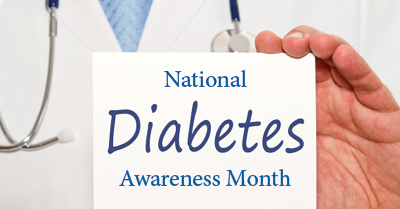
If you have diabetes, your body either doesn’t make enough insulin or can’t use the insulin it makes as well as it should. When there isn’t enough insulin, too much blood sugar stays in your bloodstream, which over time can cause serious health problems, such as heart disease, vision loss, and kidney disease.
There isn’t a cure yet for diabetes, but healthy lifestyle habits, taking medicine as needed, participating in a diabetes prevention program, and keeping appointments with your health care team can greatly reduce its impact on your life.

Fast Facts
- Over 3 million U.S. adults have diabetes, and 1 in 4 of them don’t know they have it.
- More than 84 million U.S. adults—over a third—have prediabetes, and 90% of them don’t know they have it.
- Diabetes is the seventh leading cause of death in the U.S.
- In the last 20 years, the number of adults diagnosed with diabetes has more than doubled.
- If you have diabetes, you are 3 times more likely to be hospitalized from the seasonal flu and its complications – make sure you get a flu shot!
You’re at risk for prediabetes or type 2 diabetes if you:
- Are overweight
- Are age 45 or older
- Have a parent, brother, or sister with type 2 diabetes
- Are physically active less than 3 times a week
- Have ever had gestational diabetes (diabetes while pregnant) or given birth to a baby weighing more than 9 pounds
- Are African American, Hispanic, Latino American, American Indian, Alaska Native, Pacific Islander, or Asian Americans

If you have prediabetes, losing a small amount of weight if you’re overweight and getting regular physical activity can lower your risk for developing type 2 diabetes. A small amount of weight loss means around 5% to 7% of your body weight – just 10 to 14 pounds for a 200-pound person. Regular physical activity means getting at least 150 minutes a week of brisk walking or a similar activity. That’s just 30 minutes a day, five days a week.
For more information about diabetes and resources for preventing or delaying type 2 diabetes, visit the Centers for Disease Control and Prevention website.
Additional Resources
- Guide to Walking in St. Mary’s County
- Healthy Eating & Active Living Action Team of the Healthy St. Mary’s Partnership
The post It’s National Diabetes Awareness Month appeared first on Saint Mary's County Health Department.
